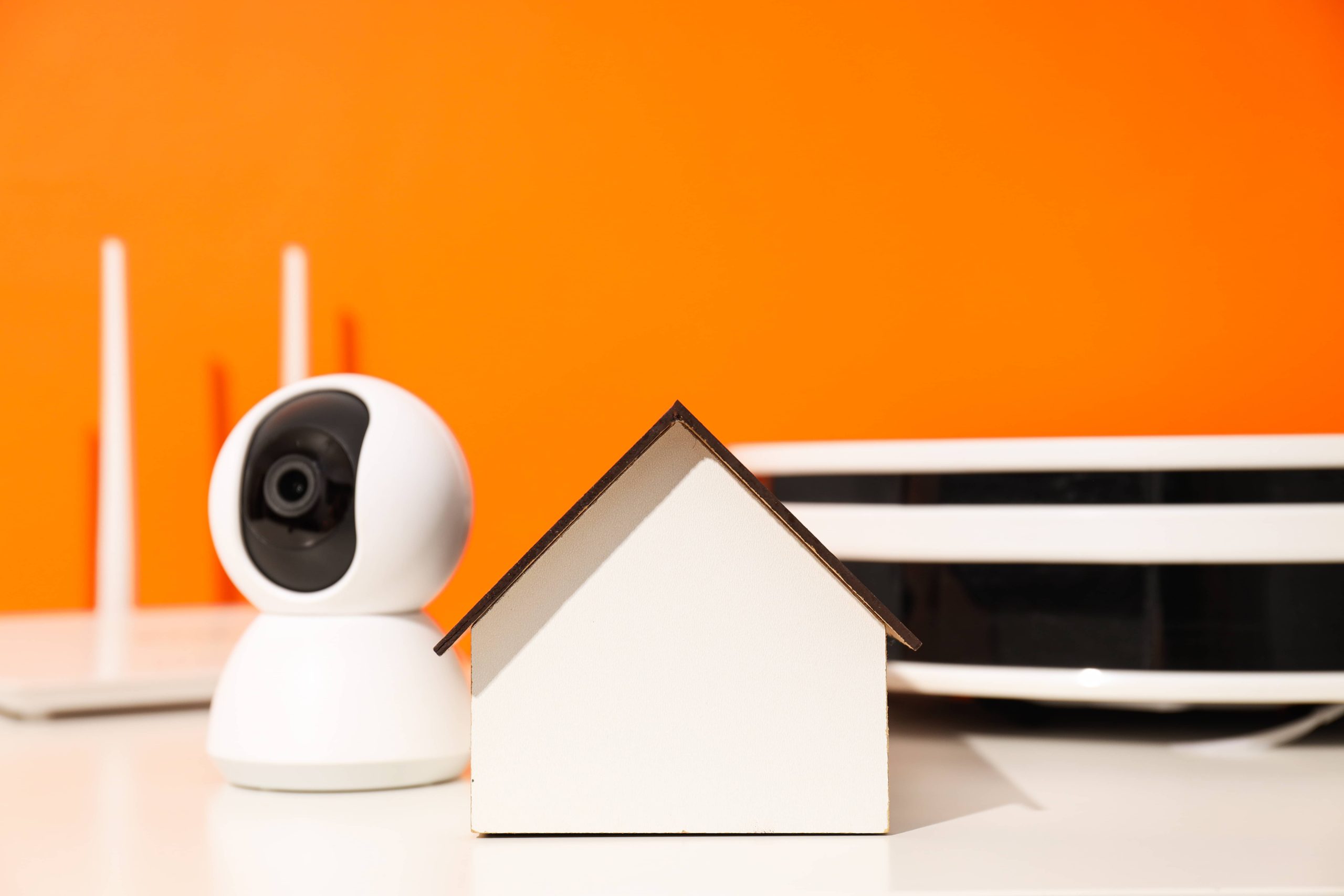
In the last decade, smart home technology has undergone a dramatic transformation. What was once the realm of science fiction is now a burgeoning reality, permeating our lives in manifold ways. As homes become smarter, so too does the technology designed to protect them. The future of smart home security is brimming with innovations that promise to make our homes safer, our lives more convenient, and our minds more at ease. In this blog post, we will explore some of the emerging trends and technological advancements that are set to redefine the landscape of smart home security.
1. Artificial Intelligence and Machine Learning
Artificial Intelligence (AI) has already started to play a significant role in smart home security, and its influence is only expected to grow. AI-driven security systems can learn and adapt to the unique patterns of a household. For instance, a smart security camera can distinguish between regular household members and potential intruders, reducing the incidence of false alarms.
Machine Learning (ML) algorithms can further refine these capabilities by analyzing vast amounts of data over time. Predictive analytics can anticipate potential security breaches based on unusual activities or patterns, enabling proactive responses rather than reactive measures. This level of sophistication marks a significant departure from traditional security systems that are inherently reactive and limited in their ability to adapt to new threats.
2. Integration and Interoperability
The future of smart home security lies in seamless integration and interoperability of devices. Smart homes are equipped with a range of devices from various manufacturers, and ensuring that they communicate effectively is crucial. Future security solutions will offer comprehensive platforms where all devices – from door locks and cameras to lighting and sensors – work in harmony.
Companies are already working on standardized protocols like Zigbee, Z-Wave, and Matter (previously known as Project CHIP) to facilitate better communication between devices. As these standards become more widely adopted, users can expect a more unified and user-friendly experience in managing their home security systems.
3. Biometric Authentication
Biometric authentication is set to become a cornerstone of smart home security. While fingerprint scanners and facial recognition technologies are already in use, the future holds even more advanced biometric applications. For example, voice recognition can be employed to create a second layer of security for voice-activated smart assistants.
Iris scanning and gait analysis could further enhance security by offering more accurate identification methods. These technologies provide an added layer of protection, making it increasingly difficult for unauthorized persons to gain access to the house. Biometric authentication is not only more secure but also more convenient, blending seamlessly into users’ daily routines without the hassle of frequently changed passwords or PIN codes.
4. Advanced Sensor Technology
The future of smart home security is heavily reliant on advanced sensor technologies. Motion detectors, break-in sensors, and environmental sensors (like smoke and carbon monoxide detectors) are becoming smarter and more efficient. These sensors can now recognize subtle environmental changes and differentiate between usual household activities and potential threats.
Innovations in sensor technology also include the advancements in LiDAR (Light Detection and Ranging), which can create detailed 3D maps of the surroundings. This could revolutionize home security by providing real-time, highly accurate monitoring of the premises, detecting anomalies with precision and alerting homeowners instantly.
5. Cybersecurity Measures
With the increasing integration of smart devices, the risk of cyber threats has become a prominent concern. Future smart home security systems will prioritize robust cybersecurity measures to protect against hacking and data breaches. Multi-layered security frameworks, including end-to-end encryption and regular firmware updates, will become standard practice.
Moreover, AI and ML will be instrumental in identifying potential cyber threats by recognizing patterns and anomalies in digital activities. Automated systems can then address these threats in real-time, ensuring that both physical and digital aspects of home security are fortified.
6. The Rise of Edge Computing
Edge computing is another promising development in smart home security technology. Instead of relying on cloud-based processing, which can be vulnerable to latency and connectivity issues, edge computing processes data locally on the device itself. This means that security systems can function with greater efficiency and speed, crucial for real-time decision-making.
For example, a security camera equipped with edge computing capabilities can immediately identify and respond to a potential intruder without the need to send data to and from the cloud. This not only enhances the speed of response but also offers heightened privacy protection for users.
7. User-Friendly Interfaces and Smart Integration
The future of smart home security will also be defined by more intuitive and user-friendly interfaces. Voice assistants like Amazon Alexa, Google Assistant, and Apple’s Siri will continue to evolve, offering greater control over home security through simple, natural language commands. As voice recognition technology improves, these assistants will provide seamless interaction with security systems, making it easier for users to manage their home’s safety.
Moreover, augmented reality (AR) could offer new ways to interact with security systems. Imagine using AR glasses to see a live feed from your security cameras overlaid on your surroundings or visualizing the status of your home’s security at a glance. This level of immersion and interactivity will enhance user engagement and control.
8. The Role of Community-Based Security
Community-based security networks are likely to gain traction in the future. Platforms that allow neighbors to share security alerts and collaborate on safety initiatives can create a more extensive and robust security net. For example, apps like Neighbors by Ring already enable residents to share videos and information about suspicious activities. As these platforms evolve, they will offer more features for communal vigilance and cooperation.
Conclusion
The future of smart home security technology is incredibly promising. The integration of AI and ML, advanced biometric authentication, improved sensor technologies, enhanced cybersecurity measures, and the rise of edge computing all point towards a new era of security solutions. These innovations not only augment the safety of our homes but also provide greater convenience and peace of mind for users. As these technologies continue to develop and integrate seamlessly into our daily lives, the concept of a truly secure smart home is becoming an attainable reality. As both a smart home enthusiast and a vigilant protector of your personal sanctuary, there has never been a more exciting time to embrace these advancements.







